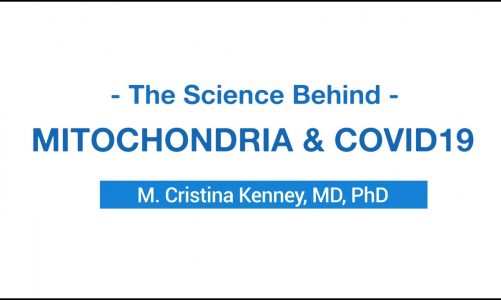Part 2:-
Mitochondria are membrane-bound cell organelles (mitochondrion, singular) that generate most of the chemical energy needed to power the cell’s biochemical reactions. Chemical energy produced by the mitochondria is stored in a small molecule called adenosine triphosphate (ATP). Mitochondria contain their own small chromosomes. Generally, mitochondria, and therefore mitochondrial DNA, are inherited only from the mother.
Mitochondria are membrane-bound organelles, but they’re membrane-bound with two different membranes. And that’s quite unusual for an intercellular organelle. Those membranes function in the purpose of mitochondria, which is essentially to produce energy. That energy is produced by having chemicals within the cell go through pathways, in other words, be converted. And the process of that conversion produces energy in the form of ATP, because the phosphate is a high-energy bond and provides energy for other reactions within the cell. So the mitochondria’s purpose is to produce that energy. Some different cells have different amounts of mitochondria because they need more energy.
Lysosomes
Lysosomes act as the waste disposal system of the cell by digesting obsolete or un-used materials in the cytoplasm, from both inside and outside the cell. Material from outside the cell is taken-up through endocytosis, while material from the inside of the cell is digested through autophagy.[5] The sizes of the organelles vary greatly—the larger ones can be more than 10 times the size of the smaller ones.[6] They were discovered and named by Belgian biologist Christian de Duve, who eventually received the Nobel Prize in Physiology or Medicine in 1974.
Lysosomes are known to contain more than 60 different enzymes, and have more than 50 membrane proteins. Enzymes of the lysosomes are synthesised in the rough endoplasmic reticulum. The enzymes are imported from the Golgi apparatus in small vesicles, which fuse with larger acidic vesicles.
source



